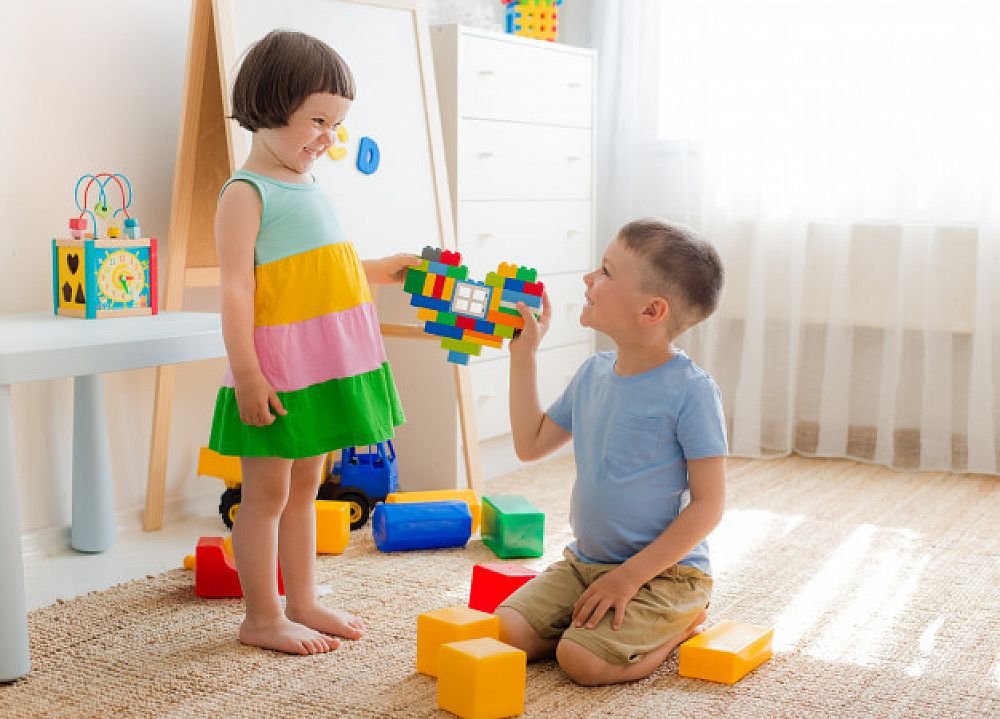How to Teach Reading to Young ESL Students

As a part of receptive skills, reading is so important that children start to read both English and Chinese books at the very beginning of their lives. Reading is a beneficial way to learn English well, especially for young learners. They can accumulate more and more vocabulary as well as the way native speakers communicate with each other by reading various kinds of books. As we all know reading a good book just like talking with a great author.
Table of Contents
Do you want to teach English abroad? Take a TEFL course!
This post was written by our TEFL certification graduate Xiangnan G. Please note that this blog post might not necessarily represent the beliefs or opinions of ITTT.
Personal Teaching Experience
Here I will share my experience of teaching English reading to young learners. I worked in an international kindergarten based on a large English library, so we can get abundant reading resources easily. But there still are some important factors to consider. At first, it is about what to read. we need to combine the theme of each month with students' interests as well as their English levels.
For example in the transport unit, my kids are about 5 years old like all kinds of vehicles such as cars, subways, ships and so on. I usually find books about traveling with 3 or 4 sentences on one page. The sentences should be shorter or easier when kids are younger. What's more, teachers need to make sure that students can repeat those words and create some scenes for them to use, like asking some questions starts with how, what, why. It will be excellent if you can find some cartoons relevant to the topic, for example, Thomas& Friends which will be attractive to kids.

Also Read: Should I take a TEFL course online or in a classroom?
Reading Techniques
The second and also critical part is how to read. Usually, we will plan a reading activity for kids to understand a book well. Some teaching steps are the following.
- Let's say. Students need to observe and describe what they saw in some pictures from the book.
- Let's guess. Teachers can guide them to predict and report what they think will happen next.
- Let's read. Read the book with some open questions. For example, I asked them what they thought would happen to the caterpillar, where he would go, what he could see, etc when I read the very hungry caterpillar.
- Let's role play. Chances of performance should be offered to students after the story, it will help them understand the story well. By doing the role play, teachers can get some information on how kids think of the characters in the story.
- Let's retell. Teachers can also invite kids to retell the story may be in the next class. For older kids, we can guide them to rewrite the story by showing some pictures at the very beginning and let them describe what they want to happen to make a new story. In this part, pair or group work will be a good idea in case some students are too shy to talk or express their thoughts.
- Let's discuss. This stage involves social study, providing young learners a platform to communicate different opinions with each other. Teachers can teach them how to listen to and respect different ideas.
- Let's move. At last, it will be nice to do some handcrafts with them that they can show their parents what they have learned. I made a caterpillar and a menu for it with all my kids after reading the book, I am surprised to see that they can use the language points we have talked in the story about healthy or unhealthy food. Also, they can use the handcraft to show their new story about the caterpillar, obviously they are not just learning, but also creating.

Also Read: How can developmental psycholinguistic research help foreign English students?
Parents' Help
Third, how can parents help them at home? To help kids form a good reading habit, teachers set up a reading program that students can get points by reading a book every day. With these points, they can choose some gifts from school. Parents are also encouraged to read with kids and the videos needed to be upload in our reading App, so parents can record kids' progress and also learn new things with them. Teachers will help parents choose some suitable books for kids to read as well as do some feedback about how they finish their work.
All in all, there is a complete reading system in our school. When they enter kindergarten in the morning, they can read books by themselves or read with teachers. In the classroom, teachers will read a book with some dynamic activities or games. After school, parents can spend some time with them reading and exploring the new world in the books.
Do you want to teach English abroad? Take a TEFL course!
Now, the 5-year-old kids in our kindergarten can read level D book in reading A-Z series books. There are some words from a father who has kept reading for his son for more than 10 years: at the very beginning, I have no idea about why I choose to read with my son or its meaning, but after 10 years I found out I had spent lots of qualified time with him and told him all of what I want to say. That's the profound influence of reading.
Apply now & get certified to teach english abroad!
Speak with an ITTT advisor today to put together your personal plan for teaching English abroad.
Send us an email or call us toll-free at 1-800-490-0531 to speak with an ITTT advisor today.
Related Articles:
- How do I get a job teaching English in South Korea
- 10 Questions You Need to Ask Before Enrolling In a TEFL Course
- The 10 Best Destinations for Teaching English Abroad in 2018
- Online or In-Class - Which TEFL Course Should You Take?
- The Best Government Programs For Teaching English Abroad
- What Scams to Look Out for When Looking for TEFL Jobs



